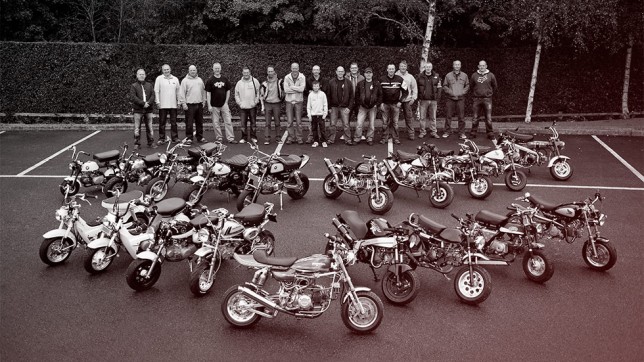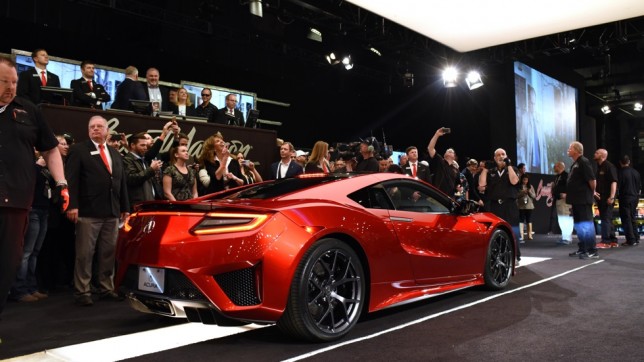By Nargess Banks and Jonathan Bell
Honda invented the ‘Magic Seats’, which flip, fold and recline to transform the car interior in more than 180 ways at the simple lift of a lever or push of a button. The invention cleverly allows you to create versatile spaces to suit your needs.
Sure, it posed manufacturing challenges, yet it is unique to Honda, it challenges the norm, and ultimately benefits you.
The designers featured here share a similar dream. These pioneering men and women took advantage of new materials and advances in manufacturing to push boundaries.
They shared a zest for harnessing the latest technologies to create modern chairs in fluid, organic forms that also celebrated the ‘machine age’ – and have since become icons of modern design.
American designers Charles and Ray Eames liked experimenting with new materials. Having made the Lounge Chair Wood in 1946, using technology for moulding plywood that they developed during the Second World War, a decade later the husband and wife team created the Lounge Chair and Ottoman.
Often simply called the Eames Chair, this easy seat is invented for the modern era – you settle into it like a baseball being enveloped by a leather mitt. It remains in production today through Swiss firm Vitra.

Butterfly Stool
Japanese designer Sori Yanagi is best remembered for his 1954 Butterfly stool that remains in production through Vitra today. This is a deceptively simple construction made by attaching the identical halves of bent plywood with a brass rod and two screws.
Yanagi worked in the traditional manner drawing and making handmade prototypes first. His philosophy became known as ‘think by hand’. Speaking to The Japan Times in 2002, he said: ‘When you make an object that is to be used by hand it should be made by hand.’

Tulip Chair
Often considered ‘space age’ for its futuristic design, Eero Saarinen’s Tulip appears to spring from the ground in slick, seamless plastic. The one-legged chair was in fact designed to obliterate one of the Finnish/American designer’s main concerns, clutter. He called it the ‘slum of legs’ that exists underneath furniture.
It took five years to develop the Pedestal Collection that includes the Tulip, but while it looks as if it is made of all one material, it’s an aluminium stem with a plastic finish that supports the sculptural fiberglass shell seat. Designed for Knoll in 1958, the chair remains in production today.

Panton Chair
A DayGlo squiggle of pure plastic, Danish designer’s Verner Panton’s 1967 S-shaped design is the world’s first fully-moulded stackable plastic chair, mixing modern forms with cantilevered structure to form one of the classics of contemporary furniture.
Panton loved working with plastic – this being the material of the age – to create funky and futuristic shapes.
Labelled the ‘free-swinger’ at the time, the Panton marks the first time an entire chair was designed in one piece without legs. The chair was later adapted to mass production using lighter thermoplastic polystyrene, and remains in production through Vitra.

Bubble Chair
No Sixties pad would have been complete without a Bubble Chair, the transparent chain-hung bauble that could transform any space into a groovy hangout.
Eero Aarnio advanced the use of plastics in furniture design with his 1968 creation that came to symbolise the era. The Finnish designer was inspired by floating soap bubbles – and the steel and acrylic chair really does swing.

Carbon fibre seat
The carbon-fibre seat is made from a light and tough material that’s proved to be ideal for racing cars, where shedding weight, and safety are prime concerns.
Honda has been experimenting with the material since the Eighties, when the company had huge success in Formula One – success it will be aiming to resume when the McLaren-Honda team reunites next year.
Custom-moulded to each individual, carbon fibre keeps the chair light, hugs the driver, and is strong and safe. It is therefore no surprise that Honda is looking to introduce it in its road cars, such as the upcoming NSX. The next big advance for carbon fibre will be automation of the mould lay-up process, essential to reduce costs for serious mass production.













